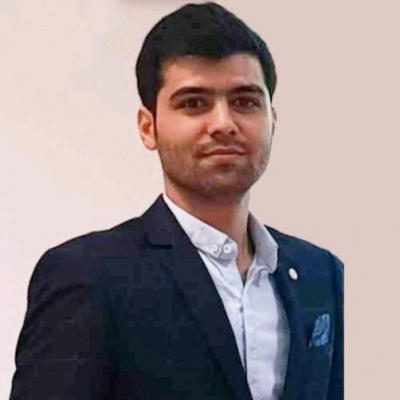- Graduate School GLOMAR
- PhD student members
- Majid Fetrati
Majid Fetrati
| Institution: | University of Bremen |
| Office: | MARUM I, room C3 |
| E-mail: | [Bitte aktivieren Sie Javascript] |
| Other webpage(s): | Majid's MARUM web page |

PhD Project
Numerical simulation of vibratory pile driving (1D and 3D simulations)
The growing global population and industrial developments lead to high energy consumption. Thus, energy transition to renewable sources like wind energy is inevitable. The offshore wind turbines utilize wind energy and fulfill the energy demand for future generations. The primary and preferable type of foundation for these turbines is the monopile. This type of foundation is mainly installed into the soil using impact pile driving which might lead to fatigue damage in the pile material and noise emission, which is harmful to marine mammals. An alternative installation such as vibratory pile driving has less noise production and provides safer and faster installation of piles. A major obstacle to the industrial use of vibratory pile driving techniques is the lack of a well-established drivability model to predict the installation process. This is due to the complexity of pile-soil interaction plus limited experiences and data with this installation method.
The impact or vibratory penetration of a pile into the soil changes the soil state and stress level around it. One way to understand and study the pile-soil interaction is using numerical simulations (2D and 3D). In addition to 3D (2D-axisymmetric) simulations, 1-D simulation based on wave equation analysis is a standard practice to simulate pile installation. In this approach, the pile is treated as a 1D-beam element embedded partly in soil, representing spring and dampers attached to the pile. This approach is much simpler and computationally less demanding for industry practice than 3D simulation. However, the main challenge here is finding an appropriate simplified pile-soil interaction model that could describe the complex interaction between soil and pile during vibratory pile penetration.
In this study, a new advanced constitutive soil model named DeltaSand will be used in both monotonic and cyclic penetrations to evaluate its capability in different conditions. Moreover, a program will be developed to simulate the wave propagation in 1-D pile mode.
Thesis Committee
| Prof. Dr. Tobias Mörz | MARUM, University of Bremen |


